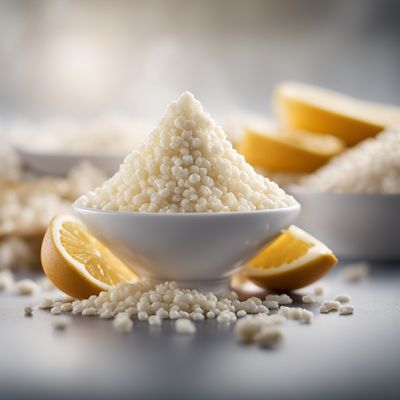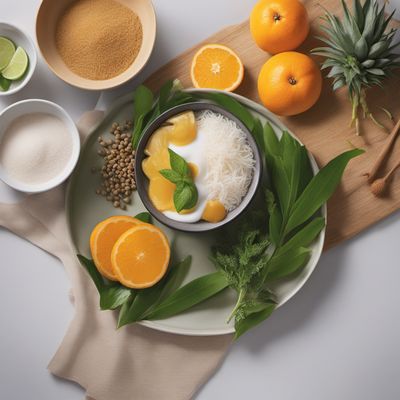
Ingredient
Fructose
The Natural Sweetness of Fruits
Fructose is a simple sugar that is naturally present in fruits, giving them their characteristic sweetness. It is also found in honey and some vegetables. In its pure form, fructose is a white, crystalline powder that dissolves easily in water. It has a sweet taste, similar to sucrose (table sugar), but is approximately 1.2 times sweeter.
Origins and history
Fructose has been consumed by humans for thousands of years, primarily through fruits and honey. It was first isolated in the 19th century and gained popularity as a sweetener in the food industry. Today, fructose is widely used in various processed foods, beverages, and as a sugar substitute for individuals with diabetes or those looking to reduce their sugar intake.
Nutritional information
Fructose is a natural sugar that is lower on the glycemic index compared to refined sugar. It is also sweeter, which means less quantity is needed to achieve the desired sweetness. However, excessive consumption of fructose, particularly in the form of high-fructose corn syrup, has been linked to health issues such as obesity and metabolic disorders.
Allergens
Fructose does not contain any known allergens. However, individuals with fructose malabsorption may experience digestive issues when consuming large amounts of fructose.
How to select
When purchasing fructose, look for high-quality products from reputable brands. It is available in both granulated and powdered forms. Ensure that the packaging is intact and check the expiration date to ensure freshness.
Storage recommendations
To maintain the freshness and quality of fructose, store it in an airtight container in a cool, dry place away from direct sunlight. Avoid exposure to moisture, as it can cause clumping. Proper storage will prevent the fructose from absorbing odors or flavors from the surroundings.
How to produce
Fructose is not produced by individuals at home. It is extracted from fruits or manufactured from corn syrup through a process called enzymatic hydrolysis. The production of fructose requires specialized equipment and knowledge.
Preparation tips
Fructose can be used as a substitute for refined sugar in various recipes. It dissolves easily in both hot and cold liquids, making it suitable for beverages, desserts, and sauces. However, it is important to note that fructose is sweeter than sugar, so adjustments may be needed in the quantity used.
Culinary uses
Fructose is commonly used in baking, cooking, and as a sweetener in beverages. It is often found in desserts like cakes, cookies, and fruit-based pies. Fructose can also be used to sweeten sauces, dressings, and marinades. Its ability to enhance flavors makes it a versatile ingredient in both sweet and savory dishes.
Availability
Fructose is widely available in most regions where fruits and honey are consumed. It can be found in grocery stores, supermarkets, and specialty food stores. Additionally, fructose is used as an ingredient in many processed foods and beverages.



